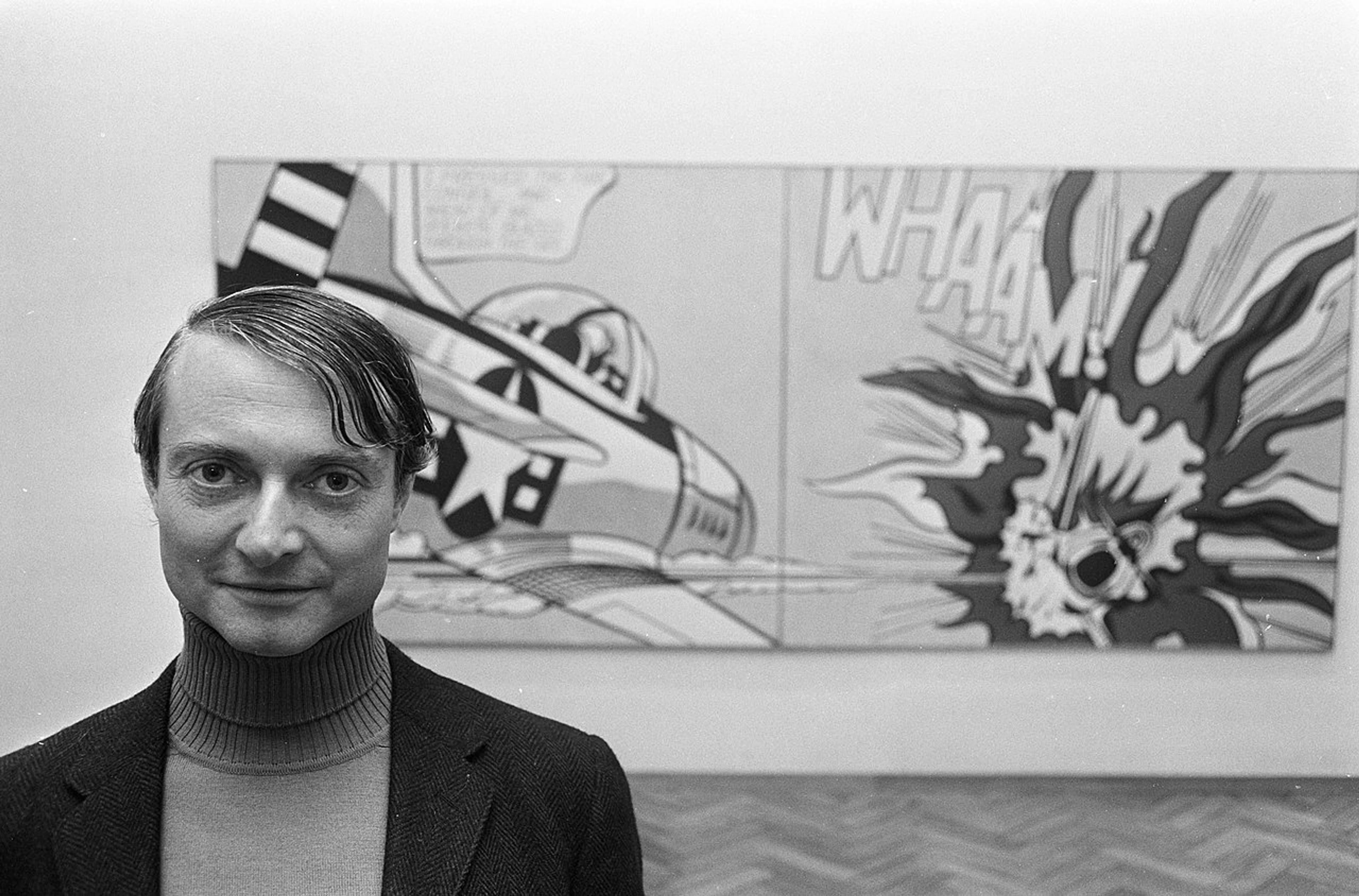
Roy Lichtenstein: Pop Art's Maverick, Benday Dots & Lasting Influence
Explore Roy Lichtenstein's groundbreaking Pop Art. Discover his iconic Benday dots, sharp critique of consumerism, monumental scale, and enduring impact on art, design, and contemporary culture.
Roy Lichtenstein: Pop Art's Maverick Who Redefined Art
You know, sometimes I look at a piece of art and just get it immediately. Other times, I scratch my head, wondering if I'm missing something profound. Roy Lichtenstein, for me, was a bit of both. The first time I saw his work, I admit, my initial thought was something along the lines of, "Wait, is that just... a comic book panel blown up?" It felt almost too simple, too direct. But then, as I spent more time with it, a quieter, more profound roar started to emerge from those bold lines and iconic Benday dots. It made me question everything I thought I knew about what 'art' was supposed to be. And honestly, isn't that what great art does? It nudges you, sometimes gently, sometimes with a sledgehammer, into seeing the world differently. I mean, before he became the Pop Art icon we know, he was even exploring Abstract Expressionism himself! This article isn't just a deep dive into Lichtenstein's genius; it's a journey through how his seemingly simple art challenged conventions, launched a revolution, and continues to inspire artists like myself to find profound meaning in the most unexpected places. It’s a journey I’d love to share, exploring his techniques, his sharp critiques, and his undeniable legacy.
The Everyday Elevated: When Comics Met Canvas
Lichtenstein, bless his audacious heart, took something so utterly ubiquitous—comic strips and advertisements, those vibrant, narrative snippets we’d glance at in newspapers or billboards—and didn't just reproduce them. Oh no, he transformed them. Take his early masterpiece, Look Mickey, for example. He pulled Mickey Mouse and Donald Duck straight from a children's book, scaled them up, pulled them out of their cheap, mass-produced context, and slapped them onto canvases with the gravitas usually reserved for historical paintings. It was a cheeky move, a grand statement, and frankly, a bit of a mic drop moment in art history. This dramatic shift in scale wasn't just for show; it forced viewers to confront these ephemeral, commercial images in a monumental, inescapable way, transforming their perception. But how did he do it? This audacity was particularly potent in post-war America, an era of unprecedented prosperity, mass production, and the burgeoning influence of television and advertising. The world was being reshaped by consumerism, and Lichtenstein was holding a mirror to it. And honestly, this is where the genius of Pop Art, and Lichtenstein in particular, really clicked for me. He embraced what many in the 'high art' world considered kitsch – art or objects considered to be in poor taste because of excessive sentimentality or sensationalism, but sometimes appreciated in an ironic or knowing way. By elevating these 'lowbrow' images—the melodrama of romance comics, the explosive action of war comics, the persuasive power of advertising—he forced a conversation about what truly constituted 'art' and who got to decide.
It wasn't just about the subject matter; it was about the visual language itself. His canvases burst with bold outlines, primary colors (often red, yellow, and blue), and a deliberate flatness that mimicked the commercial printing process. He wasn't just mimicking, mind you; he was meticulously recreating this industrial aesthetic by hand. Those distinctive Benday dots—small, colored dots used for shading and creating secondary colors in early commercial printing—were painstakingly painted by hand using stencils, transforming a mechanical process into a profoundly manual one. It was a deliberate act, challenging the very notion of originality and craftsmanship in a world increasingly dominated by mass media.
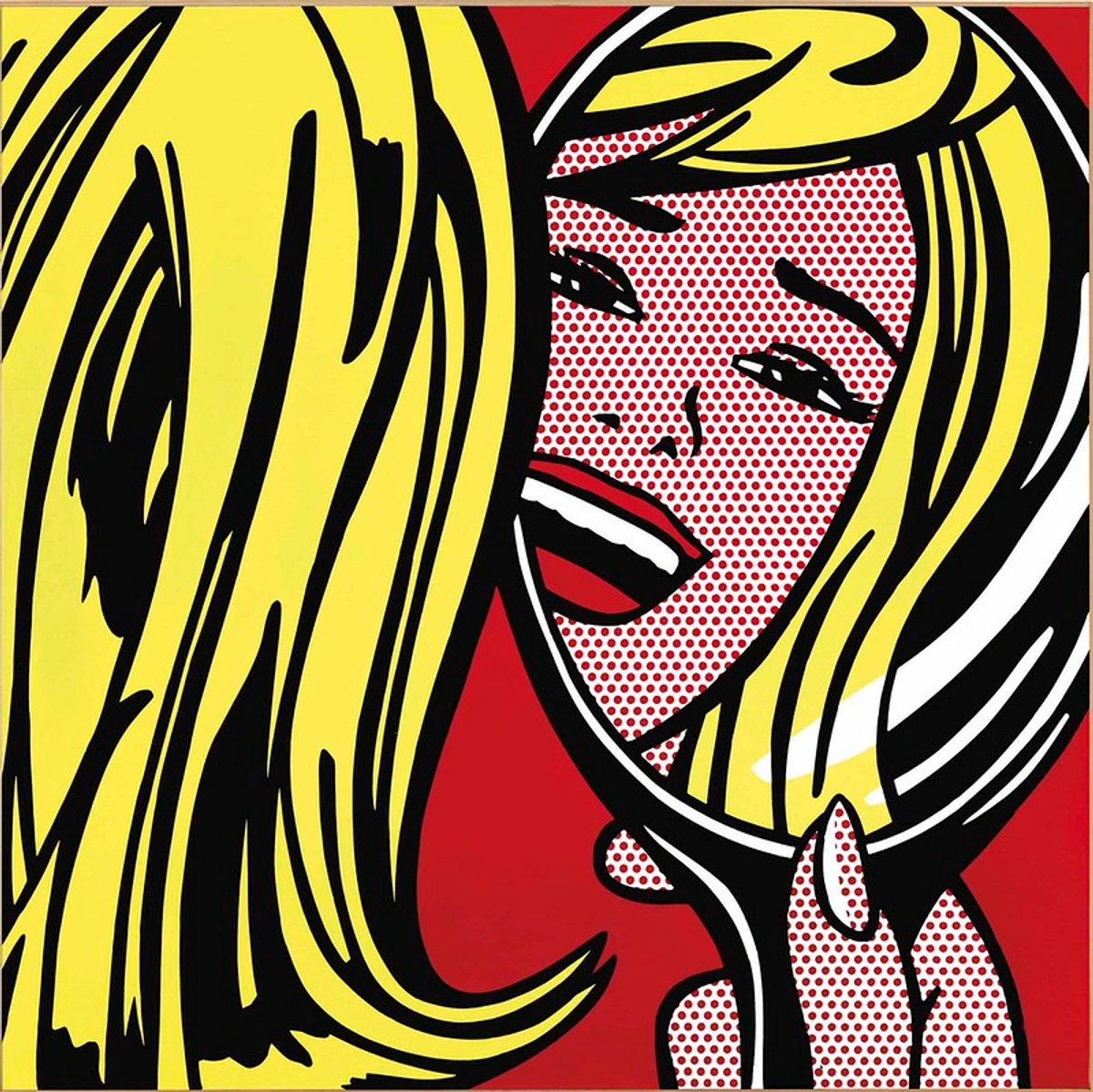
It's like when I try to make something look effortlessly abstract, but secretly, I’ve planned every brushstroke – except Lichtenstein made the effort visible and then some. This act, this elevation of the lowbrow to high art, was a cornerstone of the entire history of Pop Art. It blurred lines in a way that, even now, makes me stop and think about the art I create and consume. But this elevation wasn't just about aesthetics; it was a clever vehicle for deeper commentary.
The Art of Irony: A Witty Critique of Modern Life
So, what was he really trying to say beneath all those dots and bold lines? Beneath the seemingly playful surface of Lichtenstein's work lies a sharp, often ironic, commentary on the world he inhabited. He wasn’t just painting pretty pictures; he was dissecting post-war American culture, consumerism, and the pervasive influence of mass media. Think about his iconic crying women, those melodramatic heroines often lifted from romance comics – like his famous 'Drowning Girl'. They’re beautiful, sure, but also a poignant, often sarcastic, look at gender roles, the manufactured drama of popular culture, and emotional archetypes propagated by media. You see themes of heroism, romance, war, and domesticity, all filtered through a lens that asks us to question their true meaning and impact.

This was a stark contrast to the emotionally charged, gestural works of the Abstract Expressionists that preceded him. Before Pop Art, the art world was largely dominated by intense, introspective, and often abstract movements like Abstract Expressionism. Artists like Willem de Kooning were exploring profound emotional depths through spontaneous, gestural painting, often seen as a deeply personal and almost sacred act. But, if I'm being honest, it could also feel a bit... exclusive. The art world often presented it as something you needed a special decoder ring to 'get.' Lichtenstein, along with other Pop artists, pushed back against this perceived elitism. He wasn't interested in the tortured artist's soul on canvas; he was interested in the world outside – the one we all shared, through advertisements and comics. His cool, detached, and analytical approach was a deliberate counter-point to that prevailing emotional intensity. It was like he was saying, "Look, here's what we consume, what we see every day. What does that tell us about ourselves?" This kind of artistic dialogue, this pushing back against the prevailing trends, always fascinates me, prompting me to look for my own unique path in art, which you can see evolve on my artist's timeline.
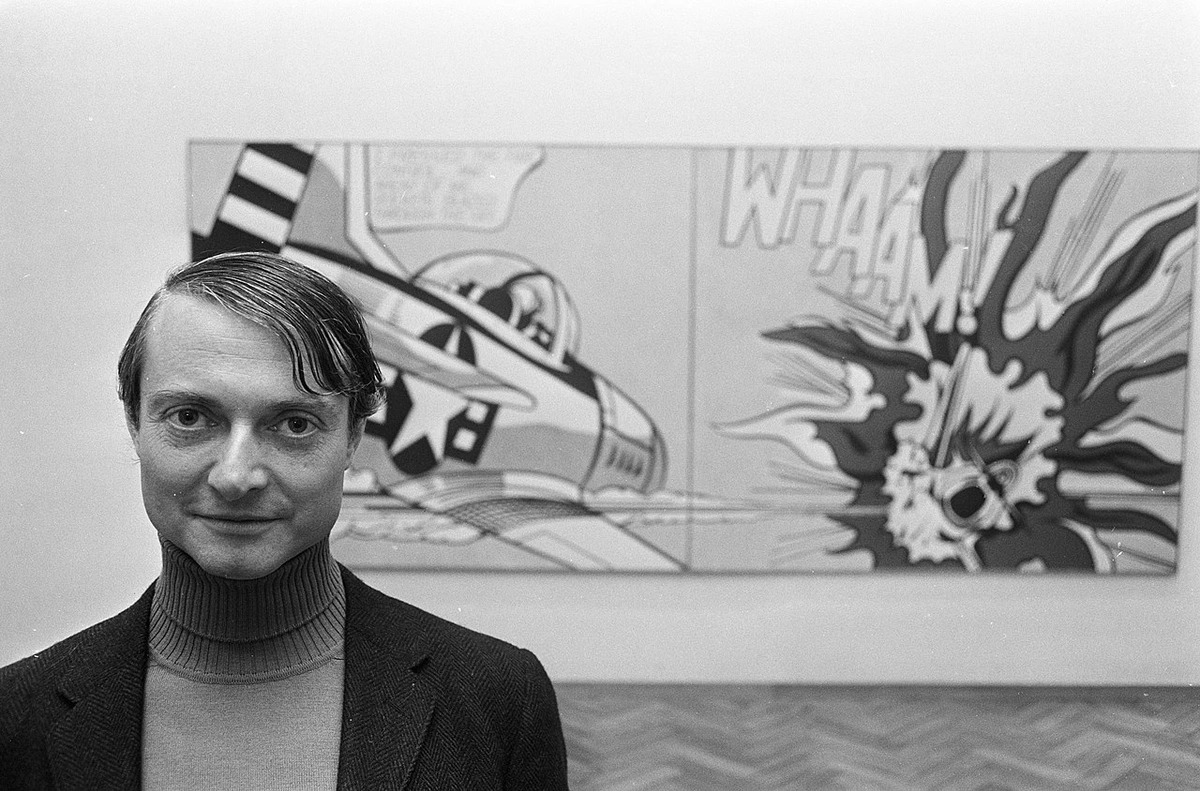
Beyond the Dot: Lichtenstein's Broader Artistic Reach
But was Lichtenstein just about comic strips and crying women? It’s easy to pigeonhole Lichtenstein as "the comic book artist," but that would be a disservice to his incredible range and intellectual curiosity. His explorations extended far beyond the immediate Pop Art explosion. He took on landscapes, still lifes, and even classic art movements, all filtered through his distinctive Pop aesthetic. Imagine a Cubist still life, reminiscent of Picasso's fragmented forms, but rendered with those signature bold outlines and Benday dots. He did that, challenging our perception of traditional subjects! His reinterpretation wasn't merely stylistic; it was a conceptual critique. When he tackled Monet's "Cathedral" or "Haystacks" series, he didn't just paint them with dots; he distilled their atmospheric impressionism into stark, graphic patterns, flattening the ephemeral into the reproducible. He essentially made them look like they were pulled from a giant comic strip, forcing us to re-evaluate the original. He even directly challenged the Abstract Expressionists he reacted against with his powerful "Brushstroke" series. This wasn't just a brushstroke; it was a magnified, mechanically precise rendering of a spontaneous gesture, ironizing the very idea of expressive spontaneity that Abstract Expressionism celebrated. He froze the 'uncontrolled' emotion, dissecting it with his characteristic detachment, asking us to consider the performance of art-making itself.
This playful yet incisive engagement with art history demonstrated that his visual language, often achieved using Magna and oil paints, wasn't limited to a single source material. He chose Magna paints, a type of acrylic resin paint, for their quick-drying properties and ability to create flat, opaque surfaces—perfect for mimicking the uniform color fields of commercial printing and resisting brushstrokes that might suggest artistic 'hand.' He also famously experimented with enamel paint on steel, creating works with a highly reflective, industrial finish that further blurred the lines between fine art and commercial production. The sleek, impersonal surface of enamel on steel echoed the manufactured quality of mass media, perfectly aligning with his critique of consumer culture. These varied materials, combined with oils, gave his work a unique vibrancy and surface quality.
Historically, his work initially faced some criticism for its perceived lack of originality, with some critics even calling him a plagiarist. They argued he simply copied comic panels without adding significant artistic value. But I think they missed the point entirely. He wasn't copying; he was recontextualizing and re-interpreting. By meticulously transforming a small, mass-produced image into a monumental, hand-painted canvas, he forced viewers to look at it in a fundamentally new way, challenging the very notion of artistic ownership and originality in an age of mass media. It quickly gained recognition for its innovative approach, witty commentary, and deep conceptual engagement. This critical evolution reminds me of how contemporary artists often sample and remix ideas, creating something fresh from familiar elements—a practice I certainly explore in my own abstract work, a selection of which you can browse here or perhaps even see at my museum in 's-Hertogenbosch.

My Take: An Enduring Visual Language
So, why does Roy Lichtenstein's work still resonate so strongly today? I think it boils down to its sheer immediate impact and its underlying intellectual depth. You can't not recognize a Lichtenstein. Those bold lines, those vibrant primary colors, those little dots—they’ve become an indelible part of our visual lexicon. He made art accessible, yet simultaneously challenged its boundaries. He proved that an artist could take seemingly mundane, commercial imagery and imbue it with profound meaning and aesthetic power.
For me, as an artist, his work serves as a brilliant reminder that inspiration can be found anywhere. It’s not always in the grand, sweeping vistas or the deeply emotional personal narrative. Sometimes, it’s right there, staring back at you from a newspaper or a billboard. It's about seeing the artistic potential in the everyday, asking "what if?", and then having the courage to execute it with conviction. Just as Lichtenstein found profound meaning in the comic strip, I strive to find it in the interplay of color, light, and geometry in my own abstract compositions. It’s a challenge I embrace in my own creative process, always searching for the profound in the seemingly mundane. His legacy, alongside other giants like Andy Warhol and Keith Haring, continues to shape not just contemporary art but also our broader visual culture, influencing everything from advertising to graphic design and fine art. It's a testament to the power of a truly unique voice that dares to simplify, amplify, and ultimately, enlighten.
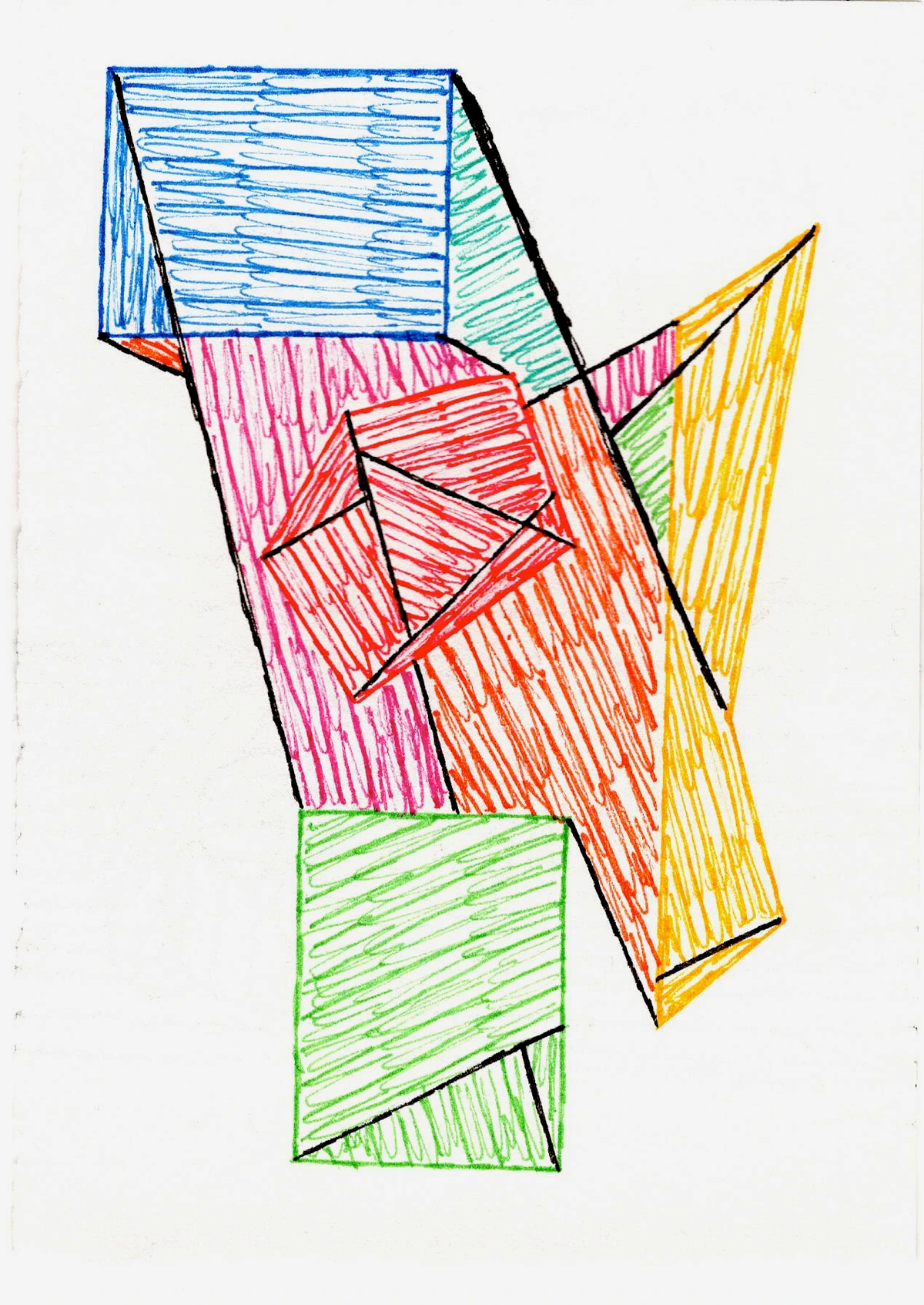
Zen Dageraad, licence
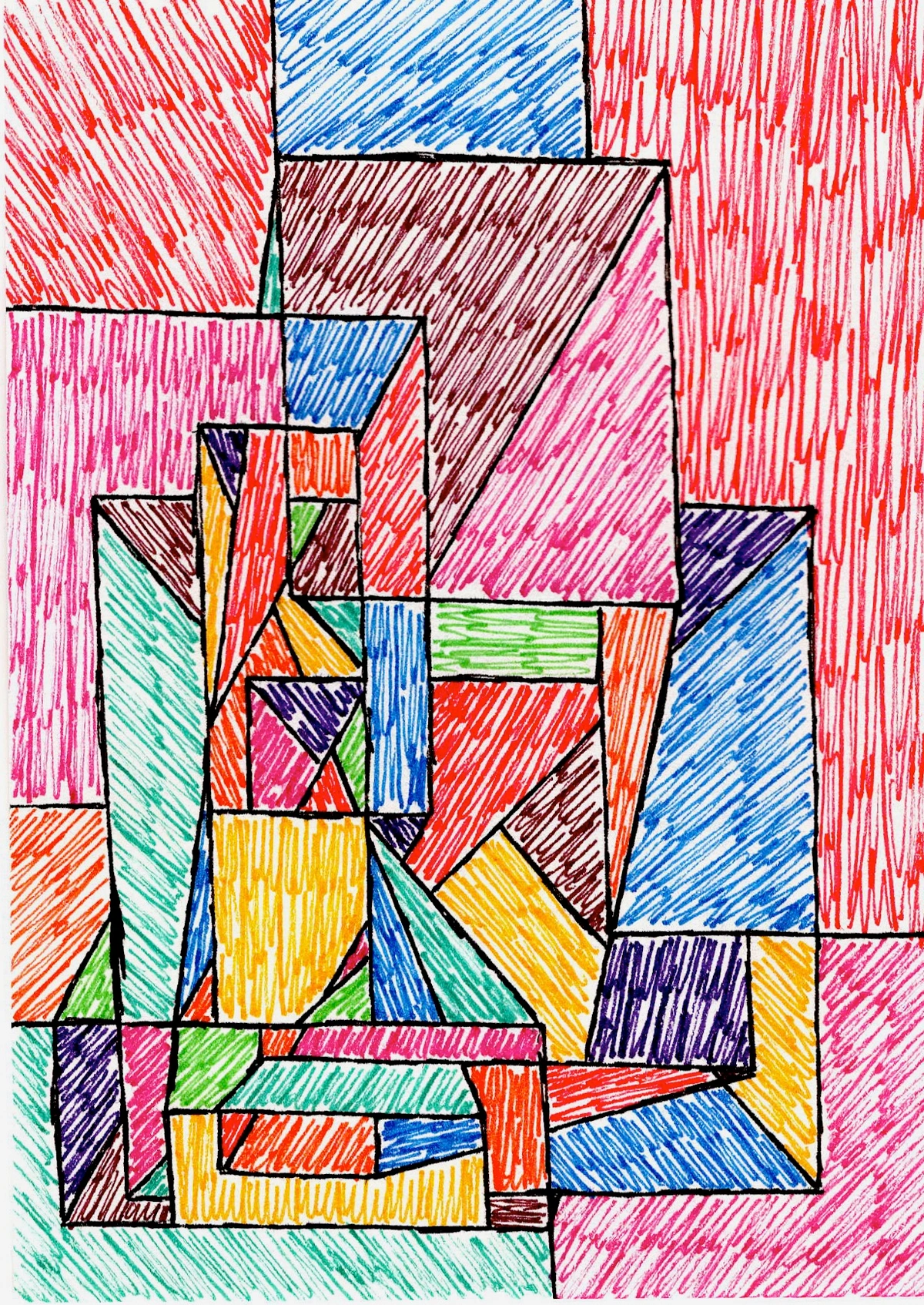
Zen Dageraad, licence
Frequently Asked Questions about Roy Lichtenstein
Question | Answer |
|---|---|
| What are Benday dots? | Benday dots are a printing technique that uses small, colored dots—usually blue, yellow, red, and black—to create shading and secondary colors. Lichtenstein meticulously recreated these dots by hand in his paintings, transforming a mechanical process into an artistic statement and challenging traditional notions of craftsmanship. |
| What impact did Lichtenstein have on art? | Lichtenstein was a pivotal figure in the Pop Art movement. He revolutionized art by elevating mass-produced imagery, particularly comic strips and advertisements, to the status of fine art. His work challenged traditional notions of originality, artistic subject matter, and craftsmanship, influencing countless artists, changing the trajectory of modern art, and leaving a significant mark on graphic design and advertising. |
| How did Lichtenstein influence Pop Art? | He helped define Pop Art's aesthetic and conceptual framework. By appropriating commercial art and popular culture, he pushed the movement towards a cool, detached, and often ironic commentary on consumerism and media saturation. His bold, graphic style became instantly recognizable and synonymous with the Pop Art era. |
| What are some of Roy Lichtenstein's most famous artworks? | Among his most recognizable works are "Whaam!", depicting a fighter jet firing a rocket; "Drowning Girl," a melodramatic scene of a crying woman in water; "Look Mickey," an early work featuring Disney characters; and his "Brushstroke" series, which satirizes Abstract Expressionism. |
| What was the scale of Lichtenstein's artworks? | While his source material often came from small comic panels, Lichtenstein famously scaled these images up to monumental proportions on large canvases. This dramatic shift in scale was a crucial part of his artistic statement, transforming ephemeral commercial imagery into impactful, gallery-worthy fine art and forcing viewers to confront them in a new, often overwhelming, way. |
| Is Lichtenstein still relevant today? | Absolutely! His work continues to be highly influential. Its iconic visual language is instantly recognizable and constantly referenced in contemporary art, graphic design, and popular culture. Moreover, his clever critiques of mass media and consumerism remain incredibly pertinent in our increasingly media-saturated world. |
And so, the next time you see a comic panel, or a brightly colored advertisement, maybe you'll pause for a moment longer. Maybe you'll see a flash of a Benday dot, or a bold black outline, and think of Roy Lichtenstein. I know I do, and it’s a subtle shift from that initial head-scratching wonder to a deeper appreciation. Sometimes, those are the shifts in perspective that stick with you the most. It's about seeing the art in the everyday, something that truly resonates with my own artistic explorations. What everyday visual might you transform into something profound today?




